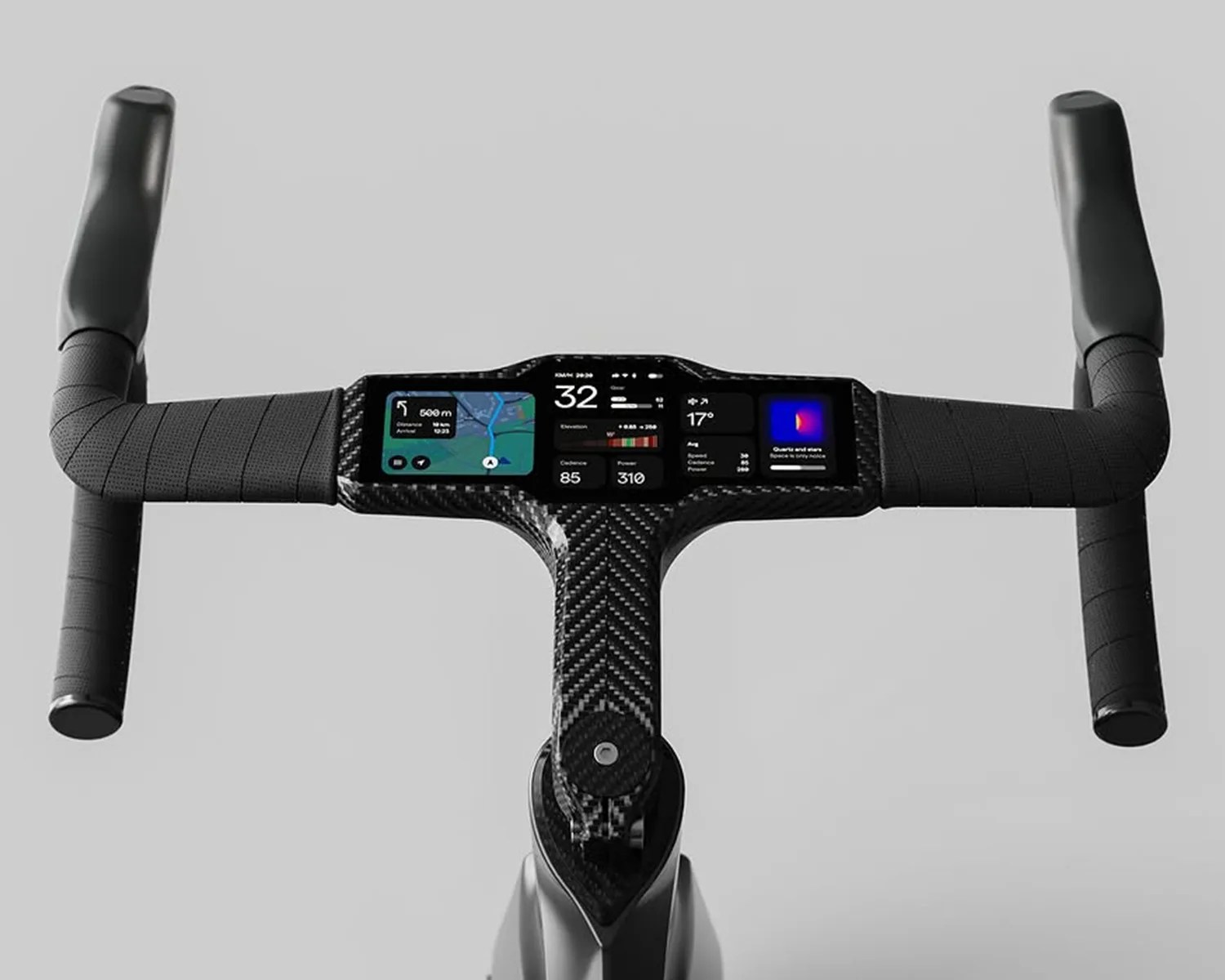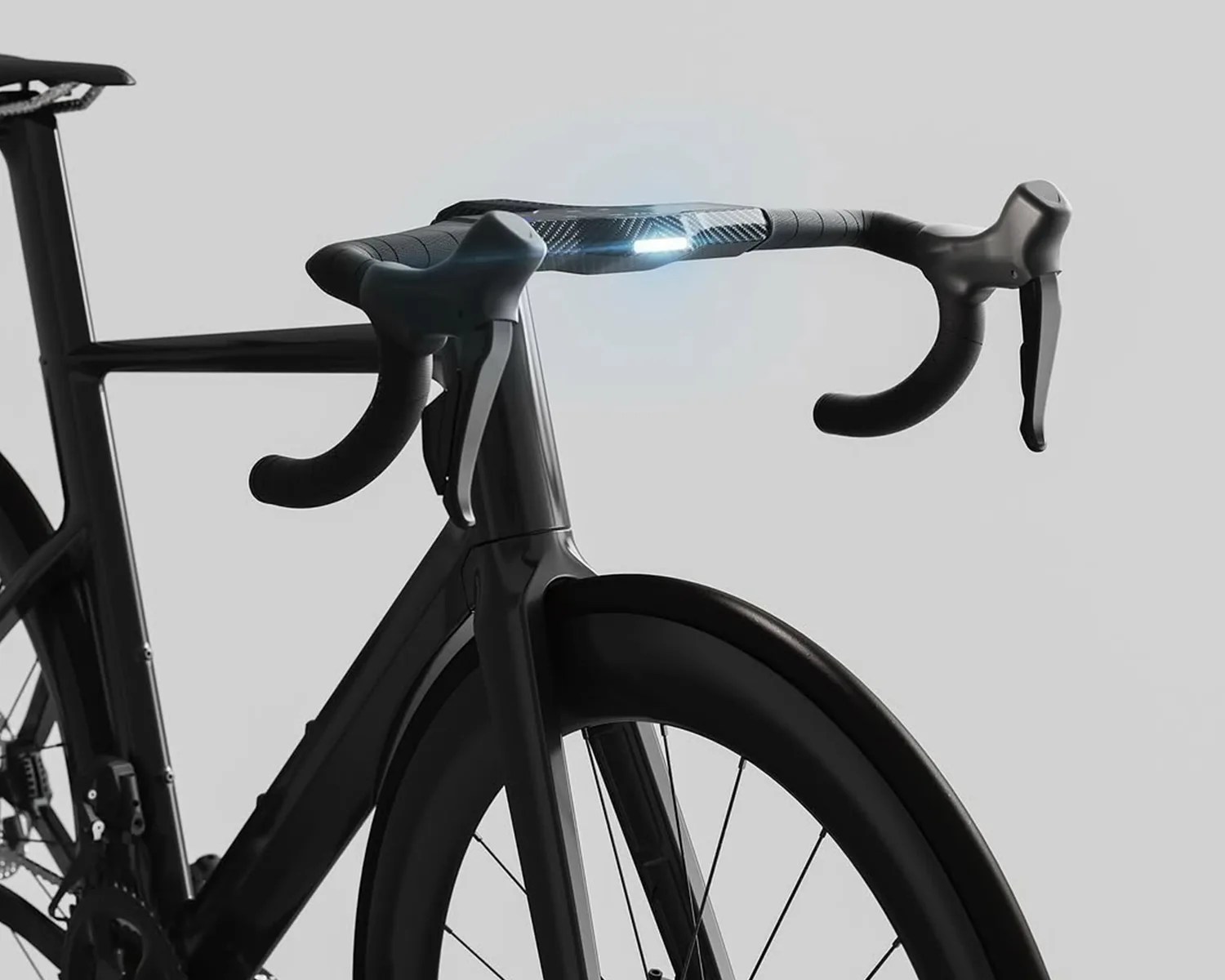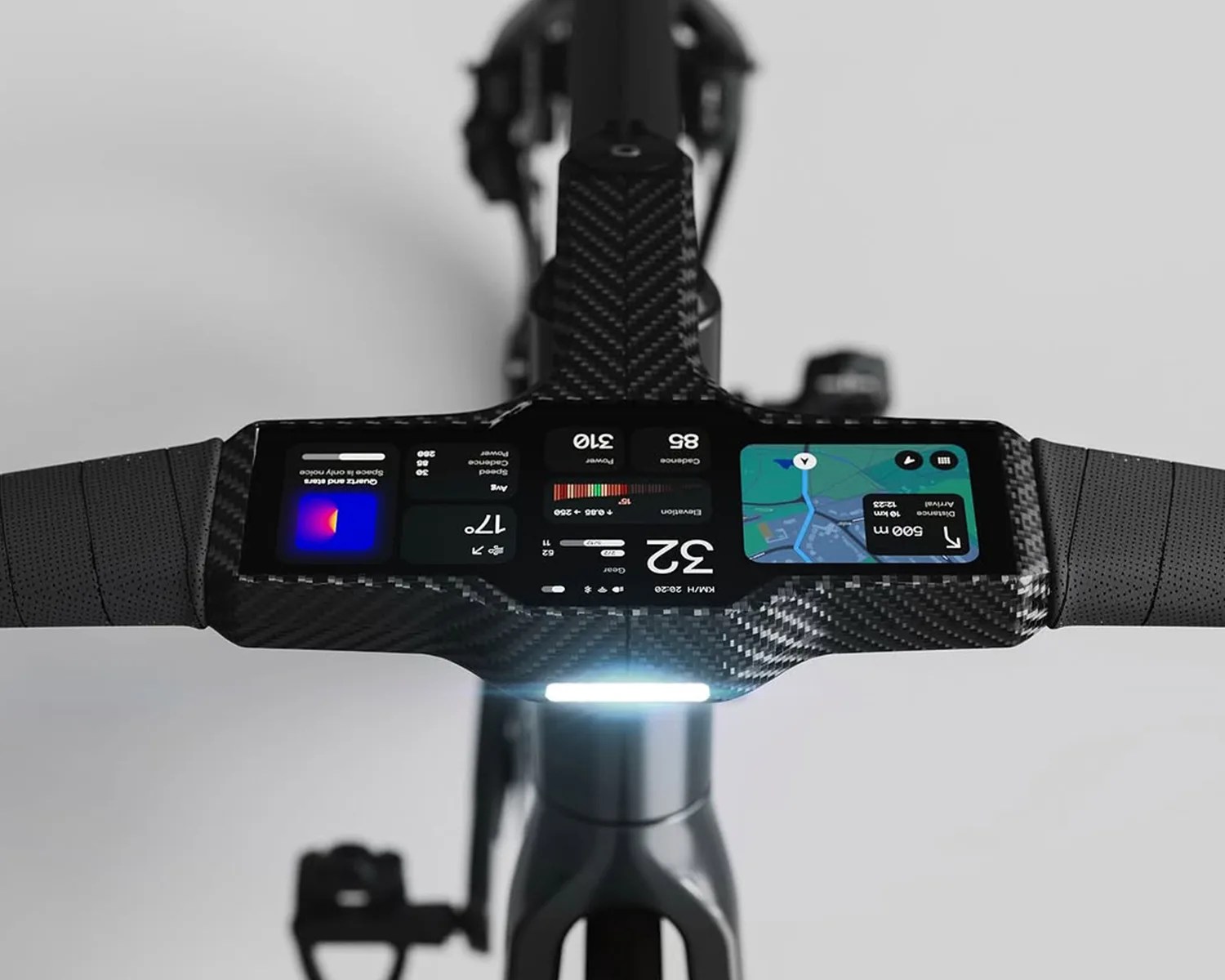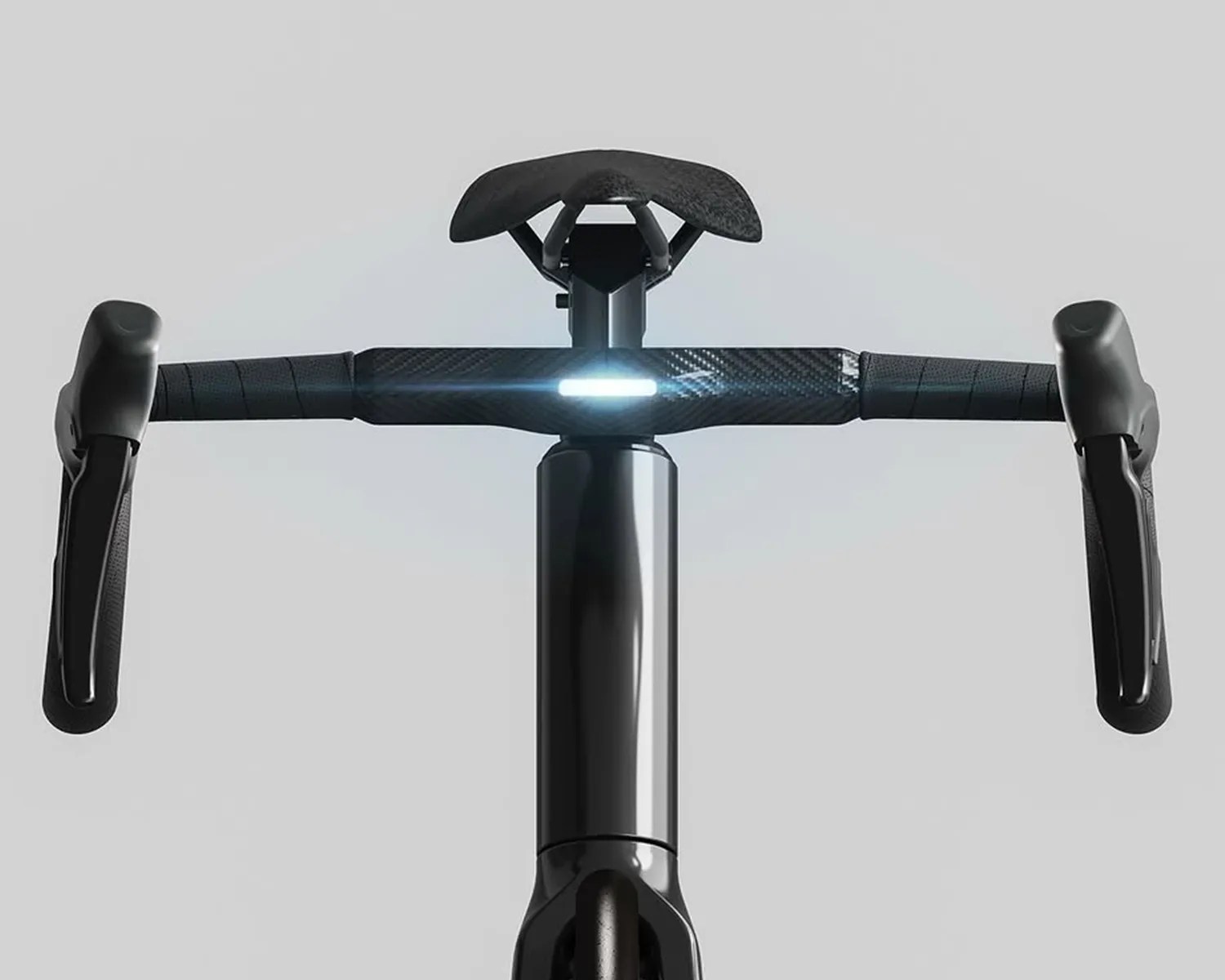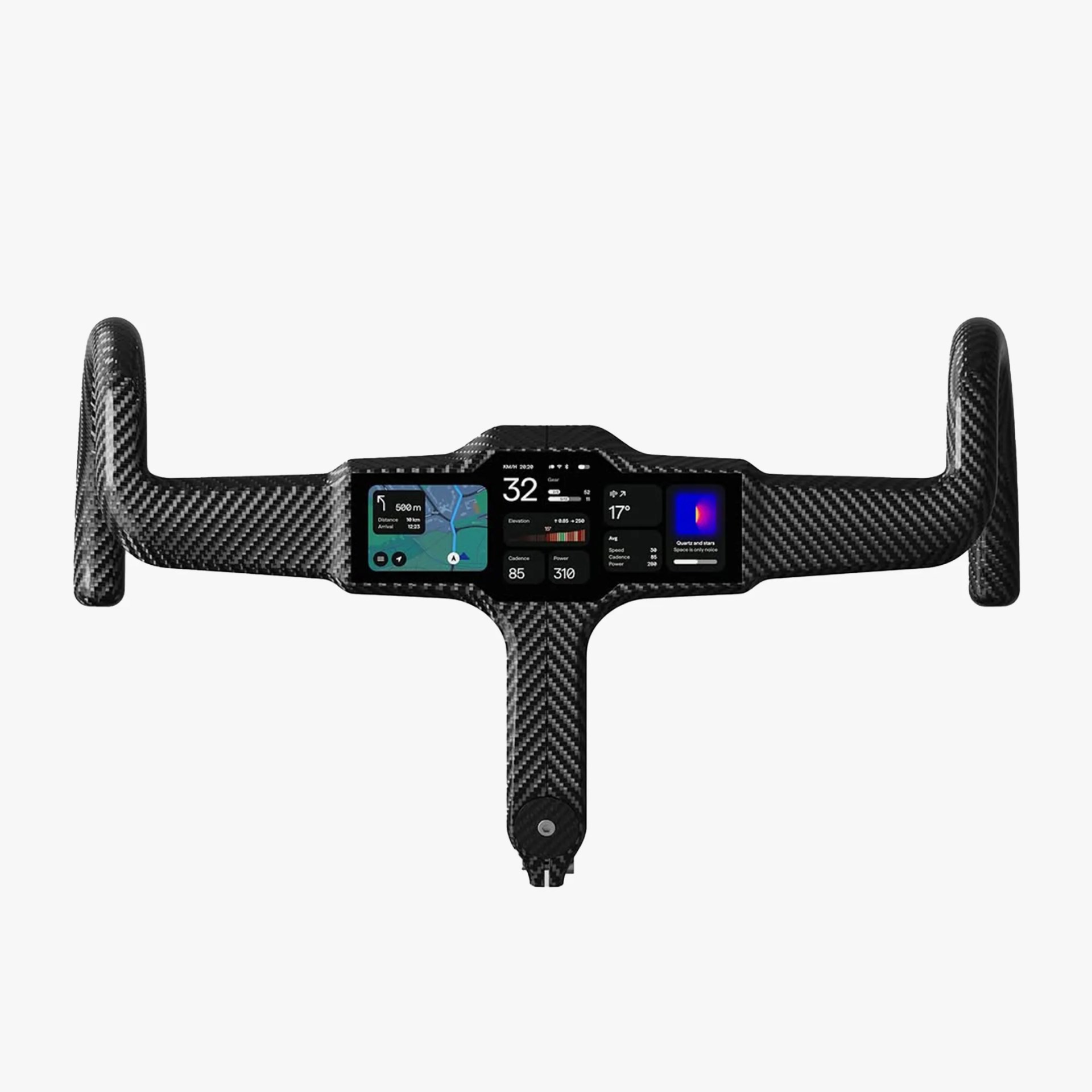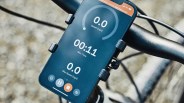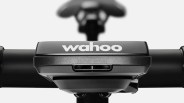The cycling world is abuzz lately over a new product out of Munich, Germany. Called simply Flitedeck, it’s decidedly more innovative than your average carbon fiber drop bar.
The brainchild of cycling enthusiast and former Porsche, BMW and Pininfarina engineer Sabrina Fischer, this “intelligent handlebar” integrates an interactive touchscreen, bike computer, GPS, theft alarm, various sensors, an electronic bell and a dual-beam headlight.
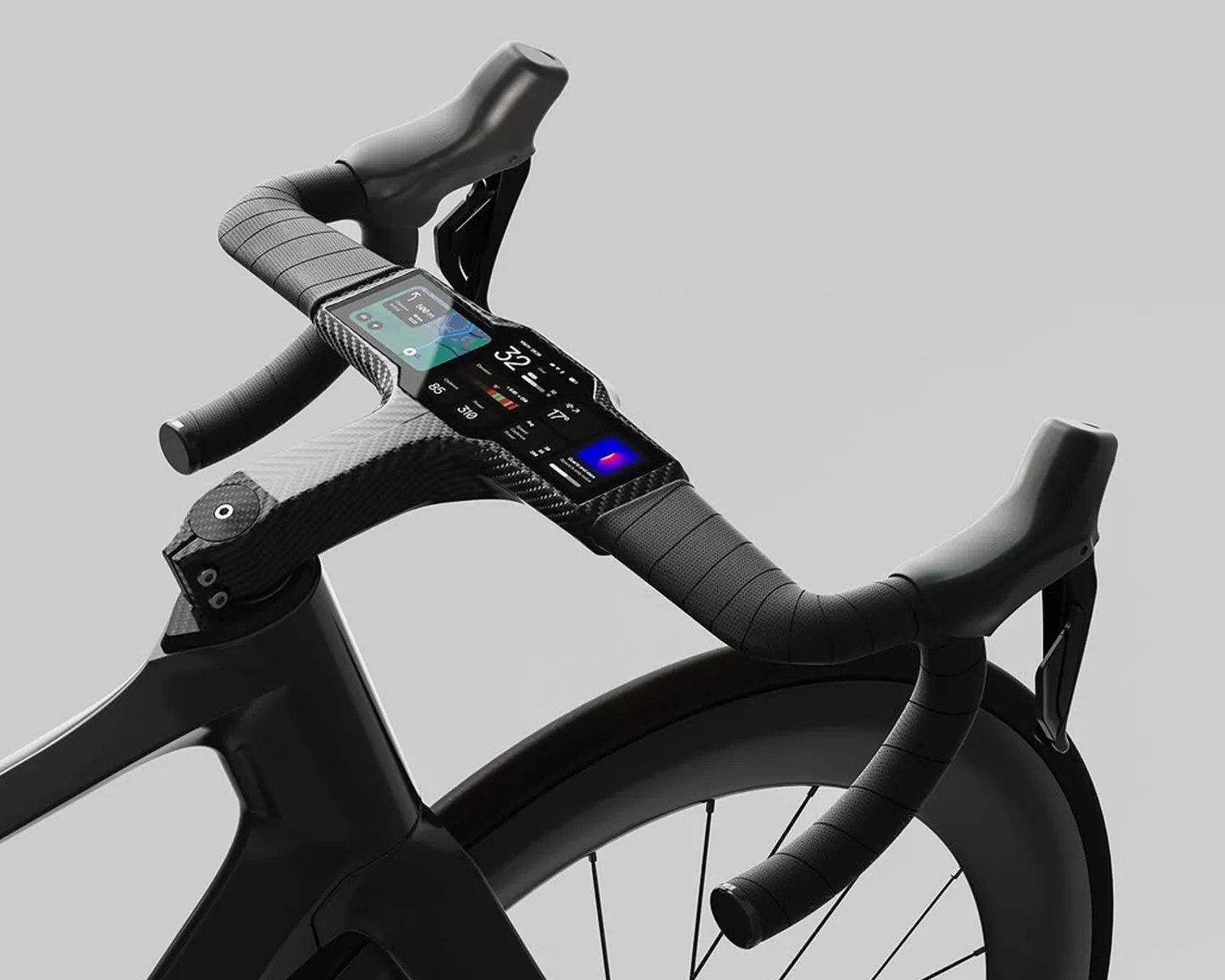
Fischer, who has partnered with fellow engineer Matthias Huber on the project, got the idea way back in 2019.
The spark? Frustration over the fact that high-end road bikes spare no expense to be super streamlined, then immediately have their bars cluttered with various accessories that leave them much more clunky than aero.
I am pretty entranced by what Flitedeck is bringing to the table with this first round, as the handlebar does look incredibly clean, smooth and streamlined. Apparently I’m not the only one impressed, as rumor has it that in the future, a leading premium bike manufacturer will include the bar on some production bikes.
The moment I came across this product, my mind flooded a range of thoughts from jaded to stoked — and most definitely contradictory.
While I can quickly point to some flaws, I also find the possibilities to be pretty dang exciting. Here’s a brief rundown of both aspects.

